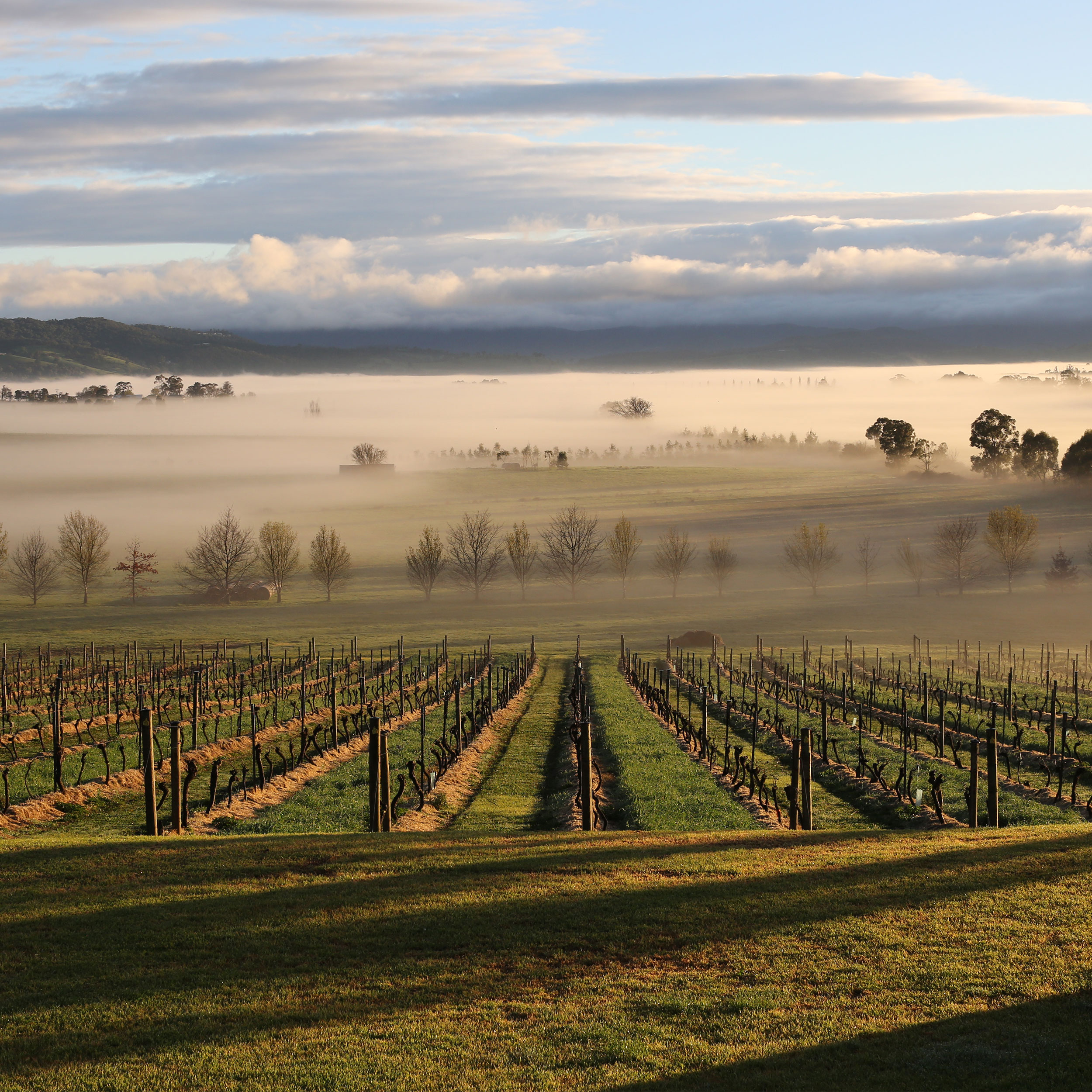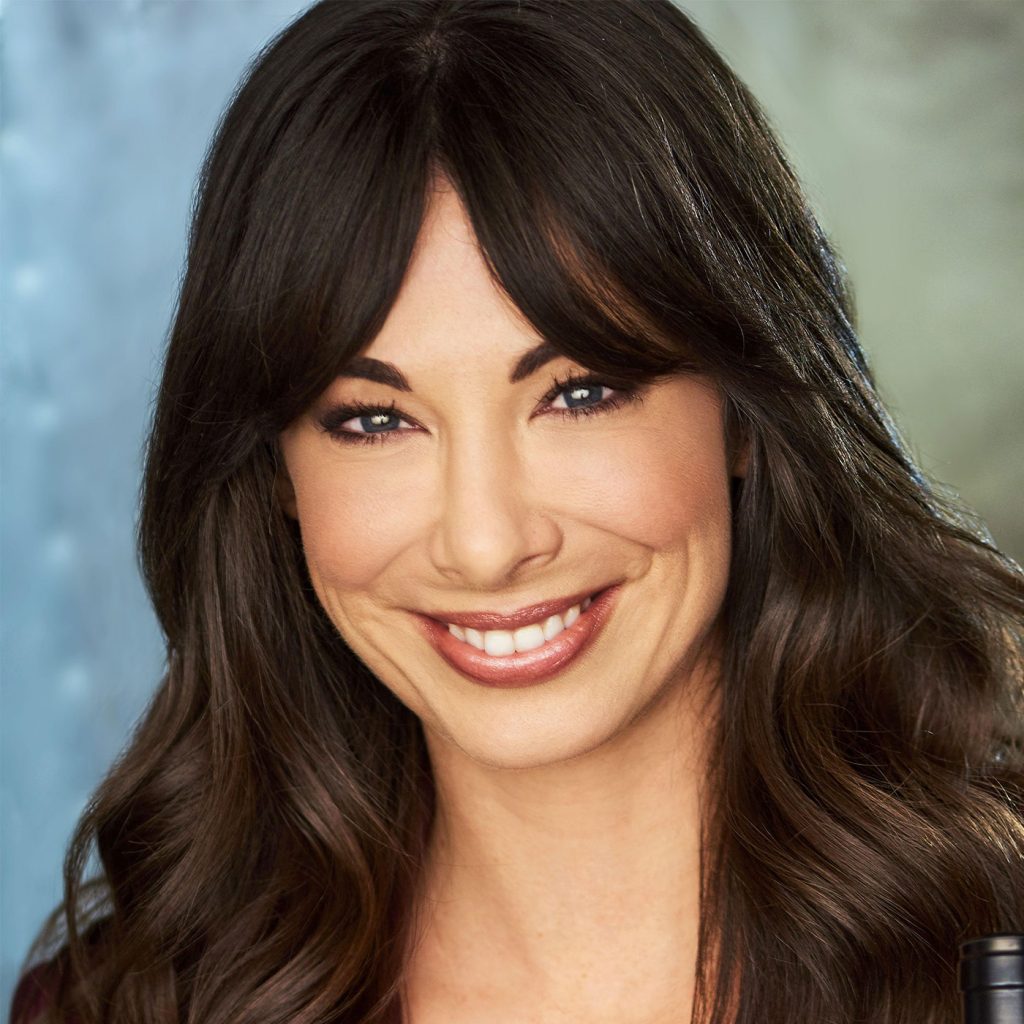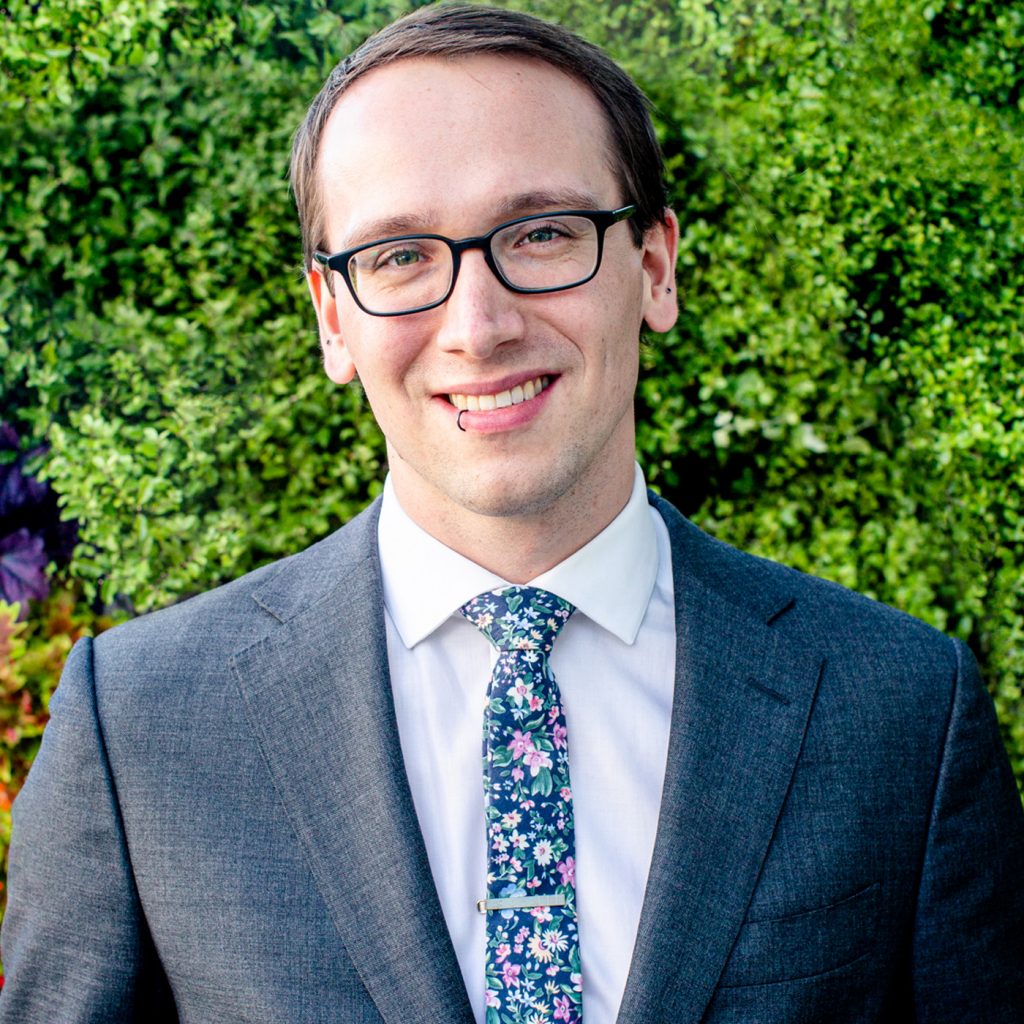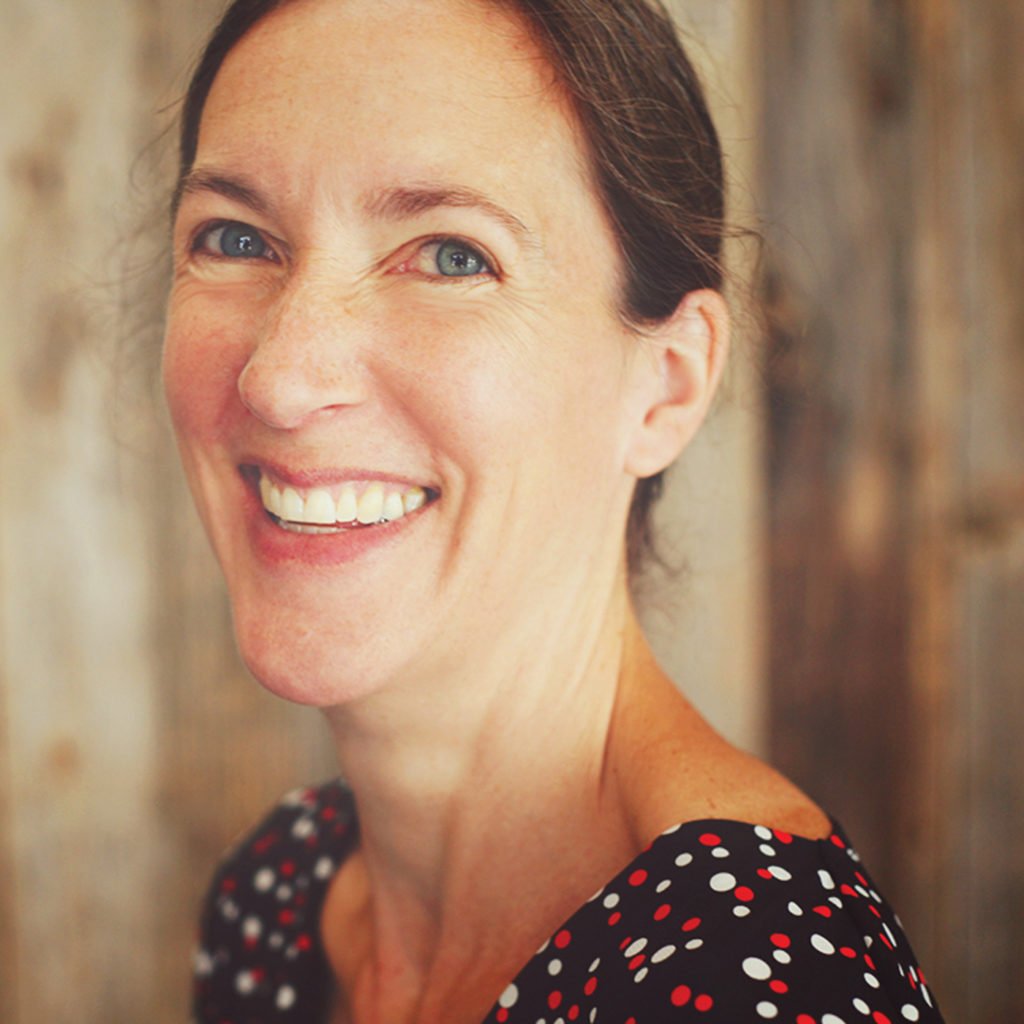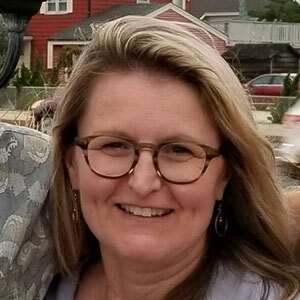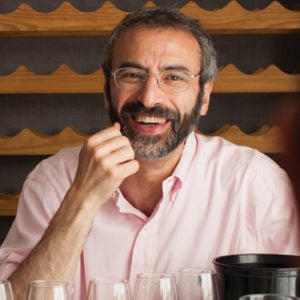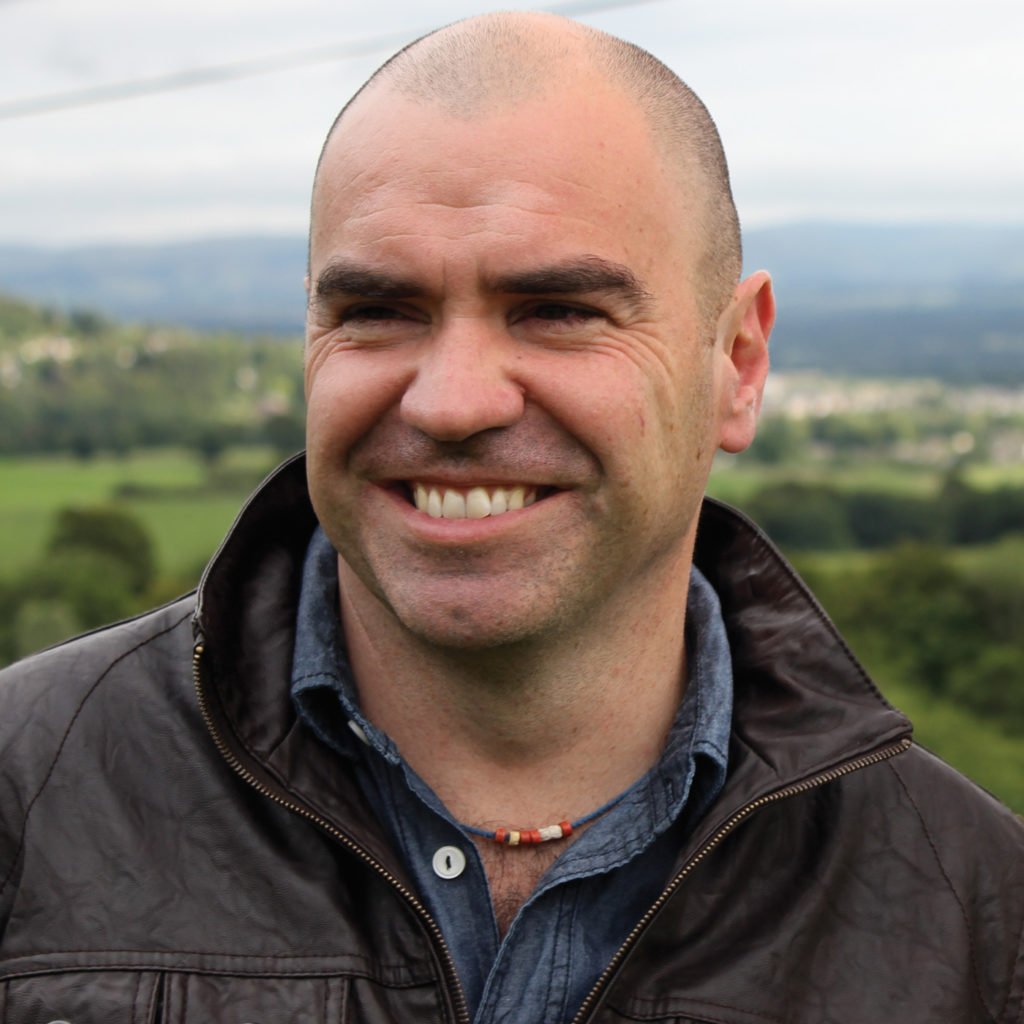One of the most frustrating things about being stuck in Melbourne during this pandemic lockdown is not being able to visit any of the great winemakers fringing my city. They’re all so close, and yet the prospect of seeing them again feels so far away.
Normally, I can hop in…
To read this article and more,
subscribe now.
To continue reading without interruption, subscribe and get unlimited digital access to our web content and wine search.
This story appears in the print issue
of October 2020.
Like what you read? Subscribe
today.

